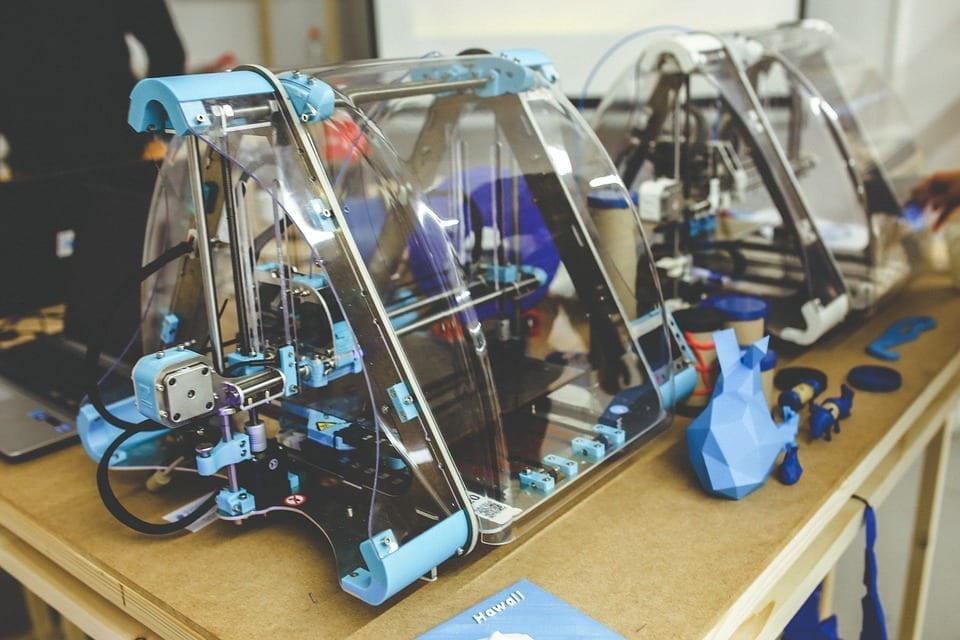Earlier this week, Defense Distributed and the company’s owner, Cody Wilson, got the go-ahead to continue publishing “designs and other technical files” for 3D printed guns after the U.S. Department of State agreed to “waive its prior restraint order against Wilson and Defense Distributed.” The decision also brings an end to a lawsuit that Defense Distributed and the Second Amendment Foundation (SAF) filed in 2015 over the restraint order.
Earlier this week, Defense Distributed and the company’s owner, Cody Wilson, got the go-ahead to continue publishing “designs and other technical files” for 3D printed guns after the U.S. Department of State agreed to “waive its prior restraint order against Wilson and Defense Distributed.” The decision also brings an end to a lawsuit that Defense Distributed and the Second Amendment Foundation (SAF) filed in 2015 over the restraint order.
According to a press release recently issued by SAF, Alan Gottlieb, the founder and vice president of the organization called the settlement a “First Amendment victory for free speech” and “a devastating blow to the gun prohibition lobby.” The press release also said:
“The government will draft and pursue regulatory amendments that eliminate ITAR [International Traffic in Arms Regulations] control over the technical information at the center of this case. They will transfer export jurisdiction to the Commerce Department, [which] will allow Defense Distributed and SAF to publish information about 3D technology.”
Wilson also chimed in on the Department of State’s decision and mentioned that the designs for 3D printed guns are free to download. When asked whether he’s worried that people with bad intentions may try to get their hands on the designs he said, “no concerns regarding public access.”

The incident involving the restraint order that prompted the 2015 lawsuit began back in 2013 when Defense Distributed debuted the world’s very first 3D printed gun, the Liberator. The gun “was made out of plastic and could fire standard handgun rounds.” However, months after the unveiling of the 3D printed gun, Defense Distributed was accused by the State Department of violating the “ITAR (International Traffic in Arms Regulations) by publishing its designs for the gun.” In response to the accusations, “the company then removed the files.” Two years later, SAF and Defense Distributed sued the State Department, “arguing the government can’t prevent publication before it occurs.”
However, the State Department and many others throughout the country took issue with the fact that the 3D plastic gun in question was and still is “undetectable at airports and other metal-detection checkpoints.” Some even argued the existence of such a gun violates the Undetectable Firearms Act, which “makes it a federal offense to manufacture, import, sell, ship, deliver, possess, transfer or receive a firearm capable of defeating airport metal detection.”
The State Department is tasked with the responsibility of overseeing the “exports of defense products in accordance with the ITAR, which was why the department had the run-in with Defense Distributed,” according to a State Department spokesperson. The State Department decided to settle with Defense Distributed because the Department of Commerce is slated to take over the “responsibility of regulating exports and manufacturing of commercially available firearms,” meaning many of the issues highlighted in the lawsuit will no longer be relevant.
Sources:
Blueprints for 3D printed guns to again appear online
3D gun blueprints available online again following four-year legal case


Join the conversation!